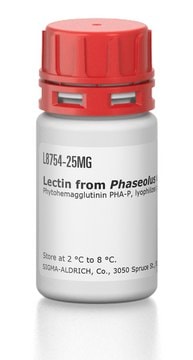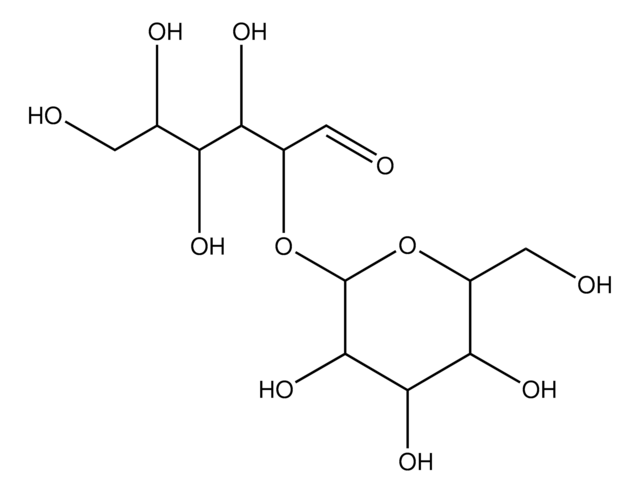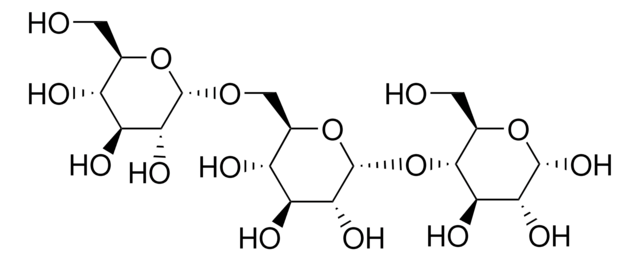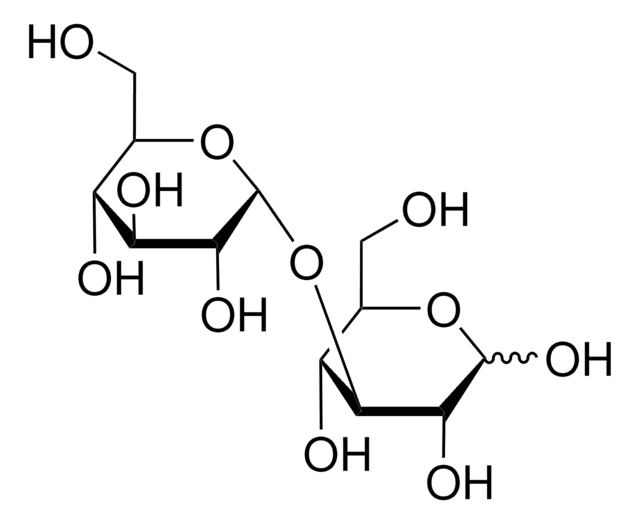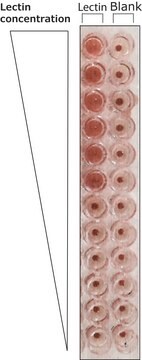L8777
Lectin from Phytolacca americana (pokeweed)
lyophilized powder, BioReagent, suitable for cell culture
Synonym(s):
PWM, Pokeweed mitogen
About This Item
Recommended Products
sterility
aseptically filled
Quality Level
product line
BioReagent
form
lyophilized powder
potency
≤0.3 μg/mL mitogenic activity
technique(s)
cell culture | mammalian: suitable
solubility
PBS: 1 mg/mL
storage temp.
2-8°C
Looking for similar products? Visit Product Comparison Guide
Related Categories
General description
Application
Biochem/physiol Actions
Quality
Essentially salt-free.
Analysis Note
Signal Word
Danger
Hazard Statements
Precautionary Statements
Hazard Classifications
Resp. Sens. 1 - Skin Sens. 1
Storage Class Code
11 - Combustible Solids
WGK
WGK 3
Flash Point(F)
Not applicable
Flash Point(C)
Not applicable
Personal Protective Equipment
Certificates of Analysis (COA)
Search for Certificates of Analysis (COA) by entering the products Lot/Batch Number. Lot and Batch Numbers can be found on a product’s label following the words ‘Lot’ or ‘Batch’.
Already Own This Product?
Find documentation for the products that you have recently purchased in the Document Library.
Customers Also Viewed
Our team of scientists has experience in all areas of research including Life Science, Material Science, Chemical Synthesis, Chromatography, Analytical and many others.
Contact Technical Service
